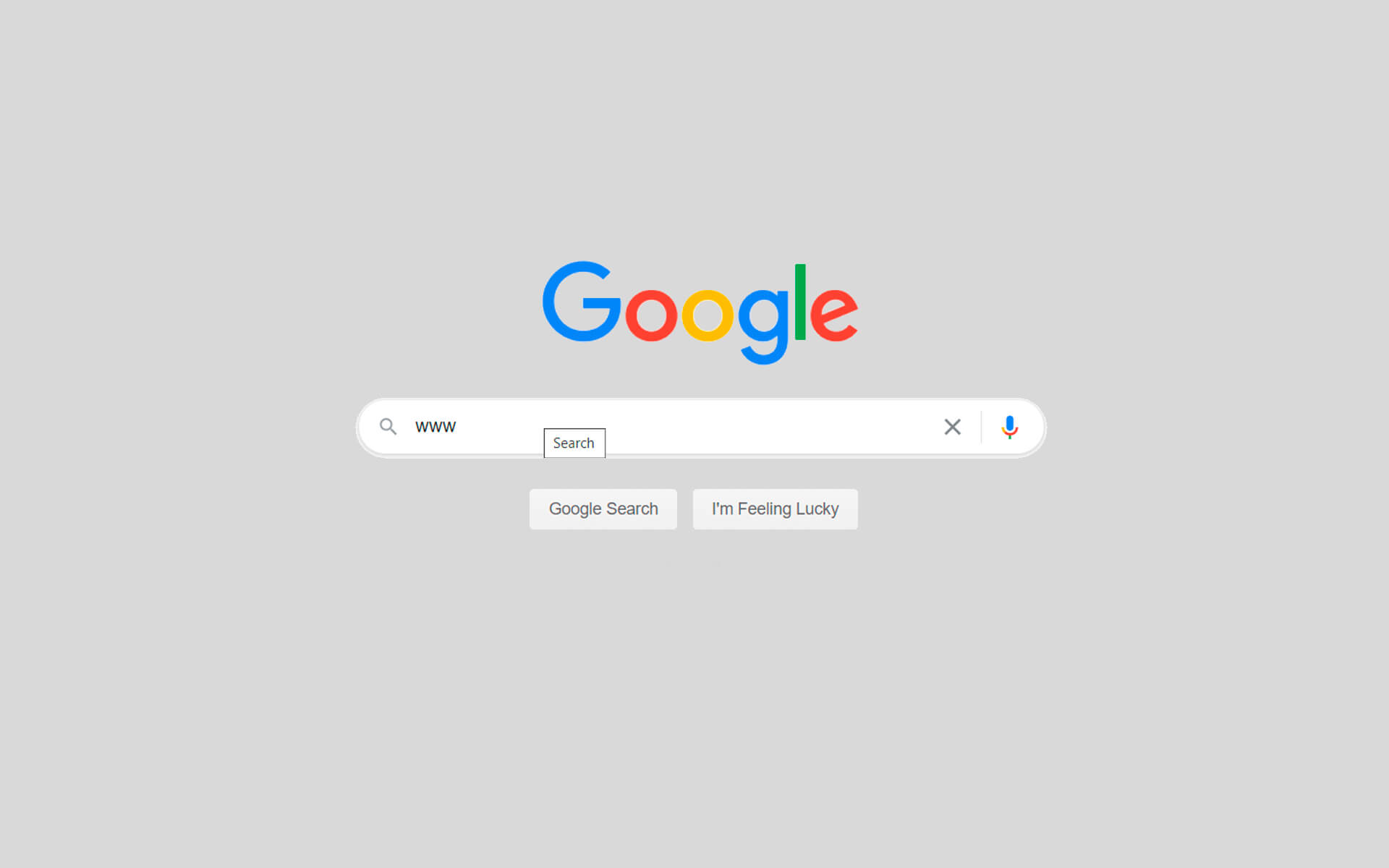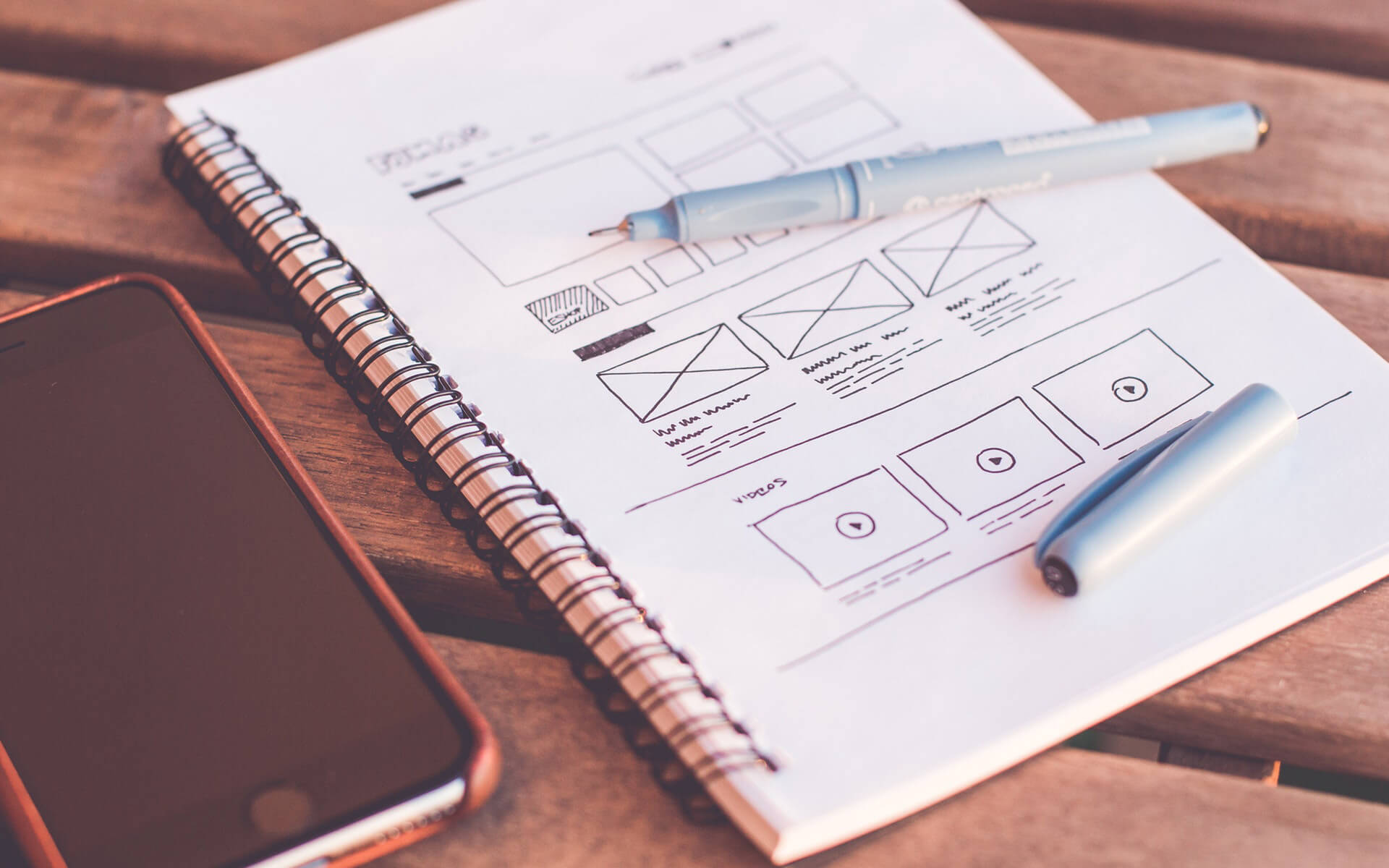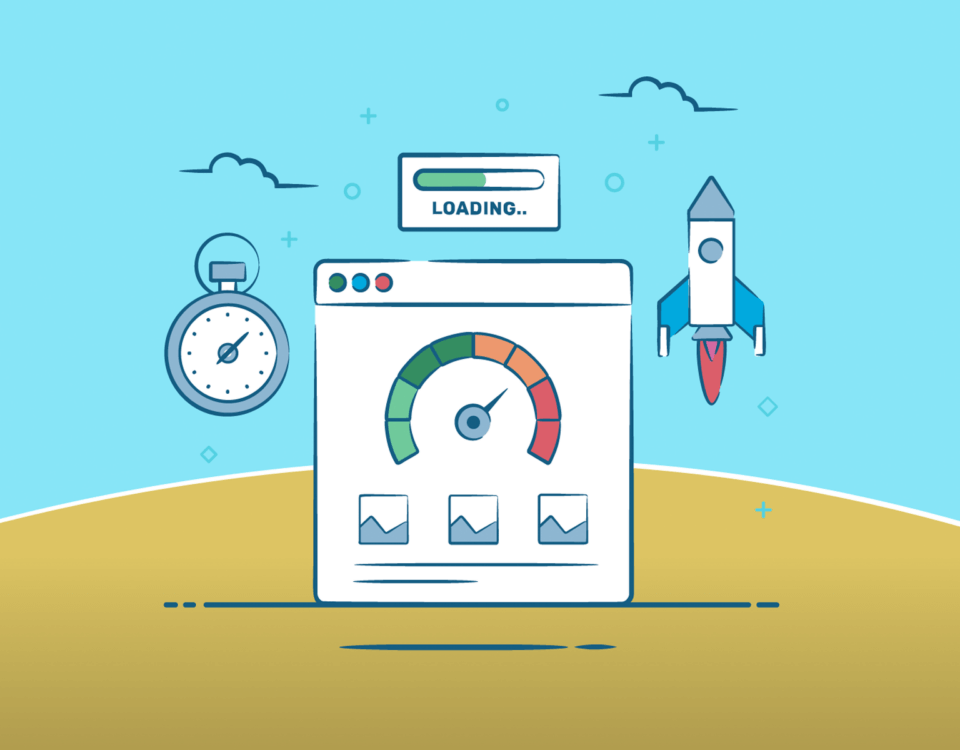
8 Misconceptions About Web Design
January 14, 2020
The Differences Between www And Non-www URL’s
May 18, 2020
When a client has commissioned for a website to be built or redesigned, it is a web designer’s duty to ensure that the client’s vision becomes a reality.
To quickly summarise for those who confuse the term:
A web designer is someone who works with designing programmes like Adobe Illustrator and Photoshop. Web designers also work with Wordpress, which is used to create websites. A web developer is someone who works more with the development of websites via code (i.e. PHP, JavaScript, etc.). WordPress does indeed consist of code, but it is more simplified and faster to work with than regular coding methods. Now that I’ve clarified the definition, we can get started on the process of how a web designer creates a website. To create a website, a web designer will need to go through 4 main phases.
Planning
When a client wants a website to be built, it is vital that a meeting must take place between the client and the web designer. What people sometimes forget is that every client is different. One client would give the web designer specific instructions that they would need to follow and match the client’s vision. Another would just ask the web designer to just create their website. The key to how web designers handle clients is with PATIENCE. They listen to what the client wants for their website and take notes on the requests given. If there is an element that would not fit within a certain website, the web designer would advise the client what would serve as a better alternative than what was previously intended. When a web designer is taking notes of the client’s requests, they also need to ask the client very crucial questions that would determine what the website will be and what it would be used for.
Examples include:
- What goals do you want your website to achieve?
- What is the function of having a website for your brand?
- What kind of website does your brand need?
- Who is the website for?
- When analysing your competitors’ sites, what do you like and not like about their websites?
Draft
When the web designer has gathered their notes, they will have to go through a two-part process in developing a draft. This process can vary from client-to-client. One client could already have a visual draft of what they want in their website, sometimes a visual draft will need to be made or the client just wants the website draft. The visual draft mainly serves as a guideline for the web designer in order to know what the website’s structure and layout should be. When working on the actual website, the web designer will try their best to match with the visual draft as much as possible. If the draft has been finished, another meeting would be held to view the progress of the draft and determine whether or not it is something the client approves. If the draft has been approved, the web designer can carry on with the website’s development.
The Making of a Website
In this part of the process, the web designer would need to get content from the client for the implementation of the website. One can not simply create a website without content. This process serves as an extension of the Draft process. Content is added accordingly to the draft’s structure and layout, but this process can be tricky because it allows some obstacles to surface.
Obstacles include:
- Errors – When working on a website, an error will surely turn up. Sometimes an error could be as simple as a syntax issue or mismatching settings. Other times it could be errors that would require research.
- Client Preferences - There are some moments where the client either changes their mind about the positioning of content or would like to add unplanned content.
- Server Issues – Depending what server the web designer uses, there would most likely be some issues surrounding a company’s servers. There could be trouble connecting to a specific website, servers might be unresponsive for a certain time due to hacking attempts or there could also be a problem with hosting servers the client has chosen.
Making it Live
In this phase, the website should be done and confirmed by the client that they are satisfied with the results. Making the website live does take time, since the web designer is moving the website from a private demo server to the client’s intended host. This process can also be dangerous, because anything could happen if the web designer is not careful, thus the reason for them making backups. The backups also serve as a way to recover lost data if a company’s servers go haywire. And thus, we come to a successful launch. Everything is working as it should and the client is very happy with how it turned out.









